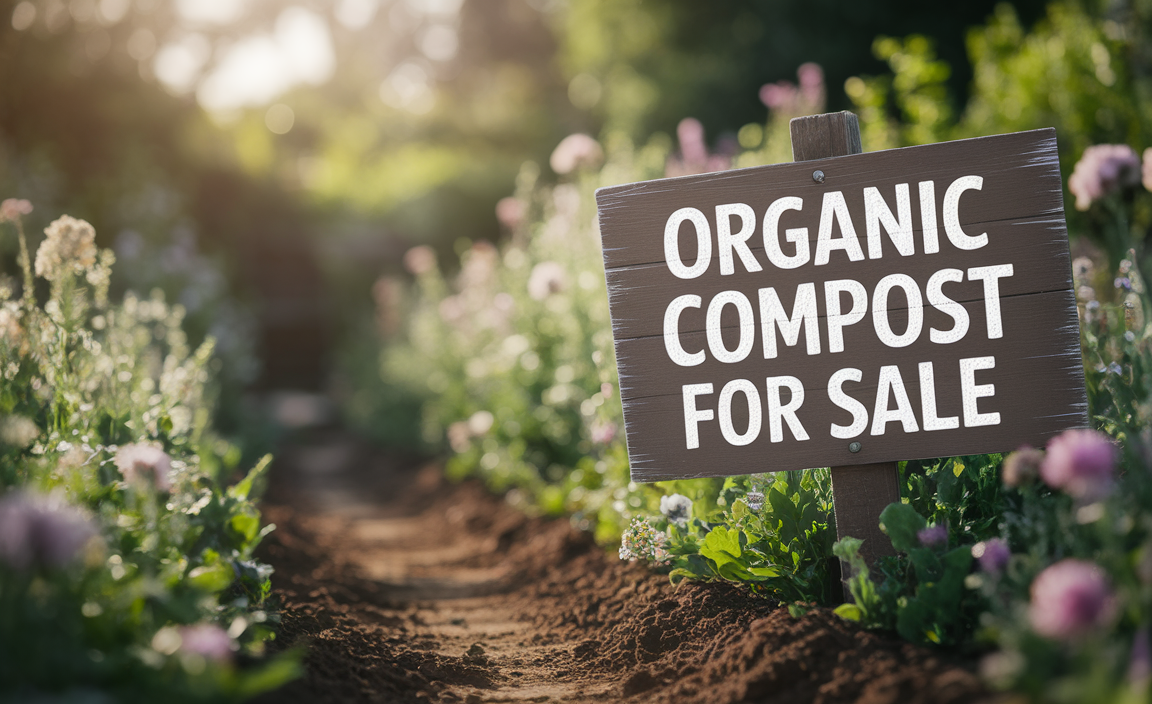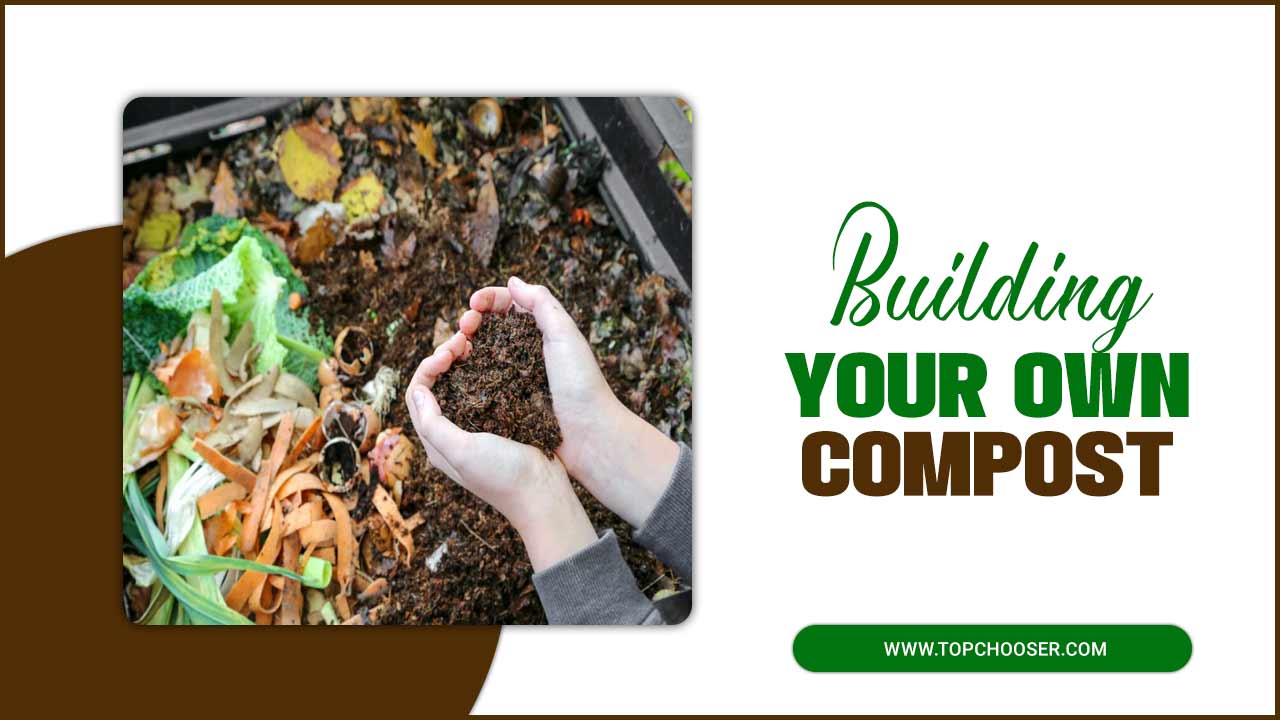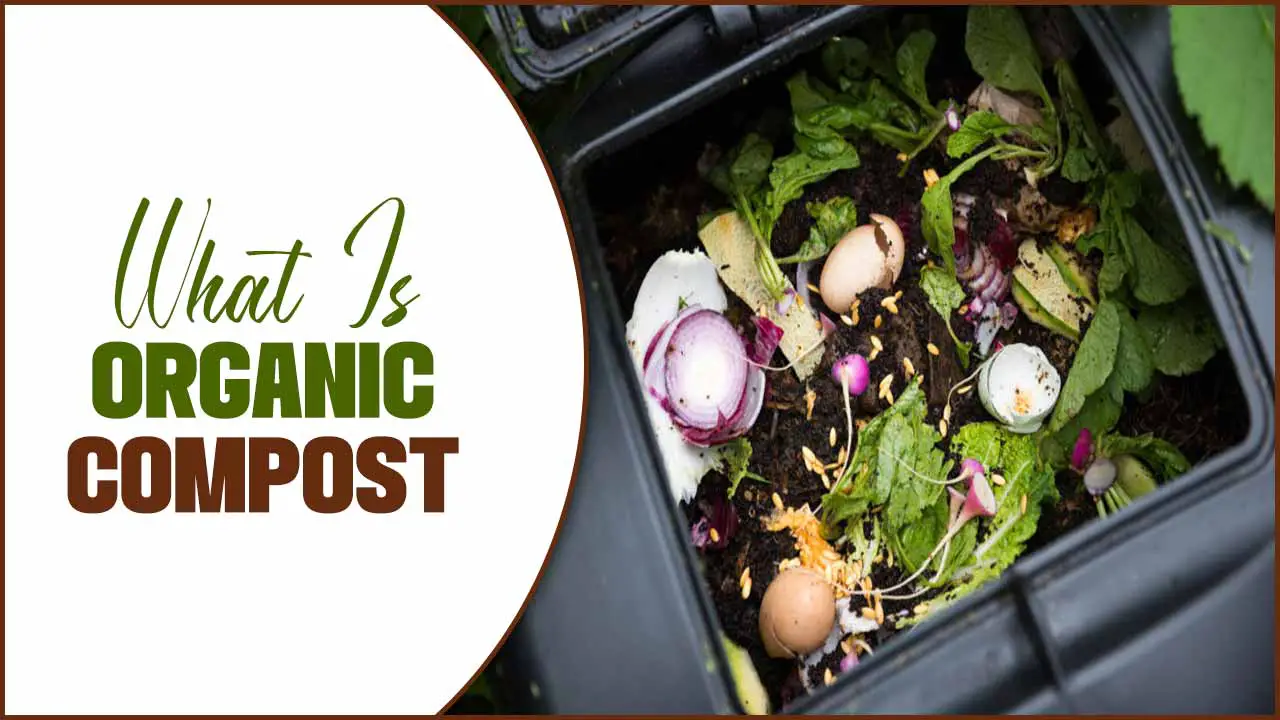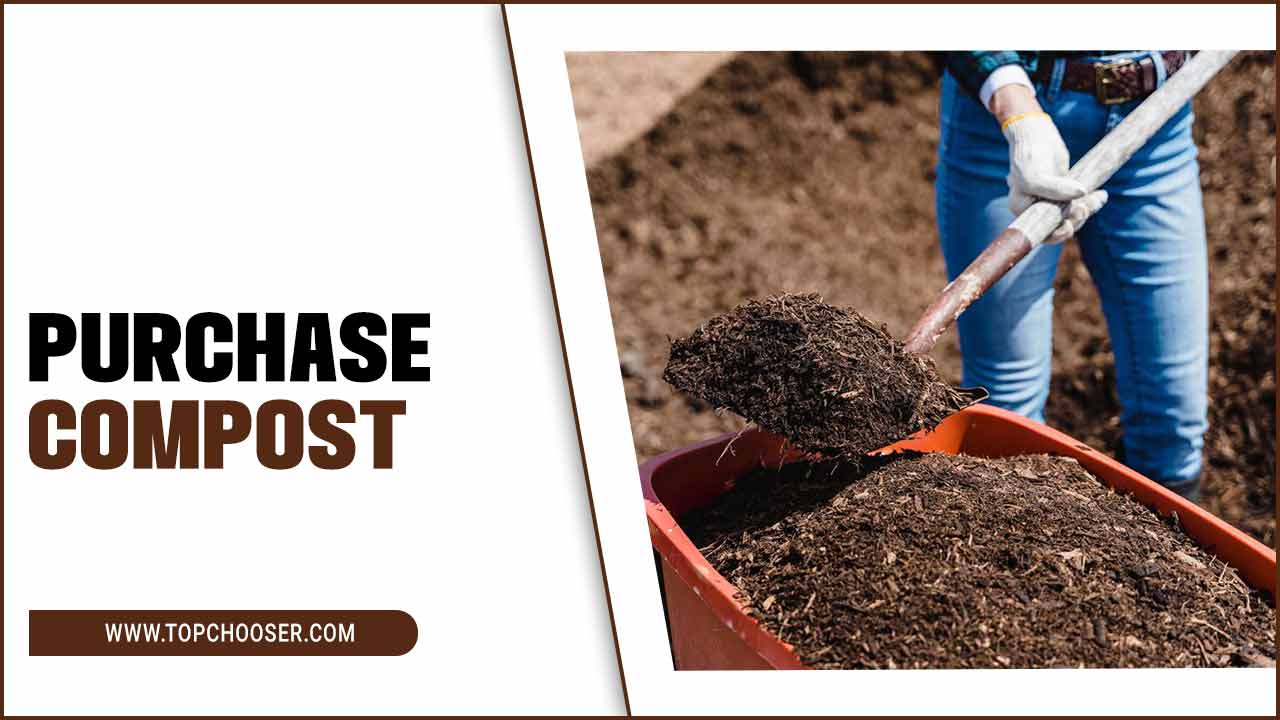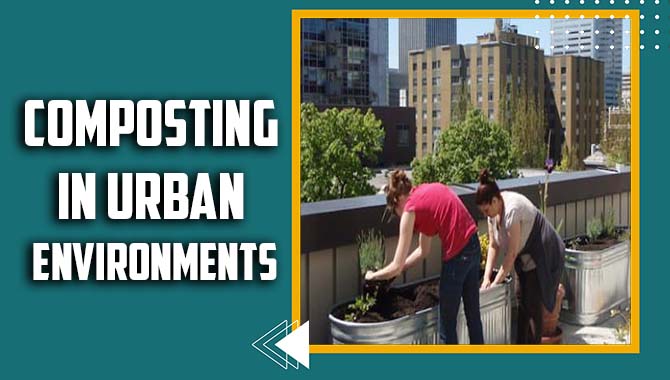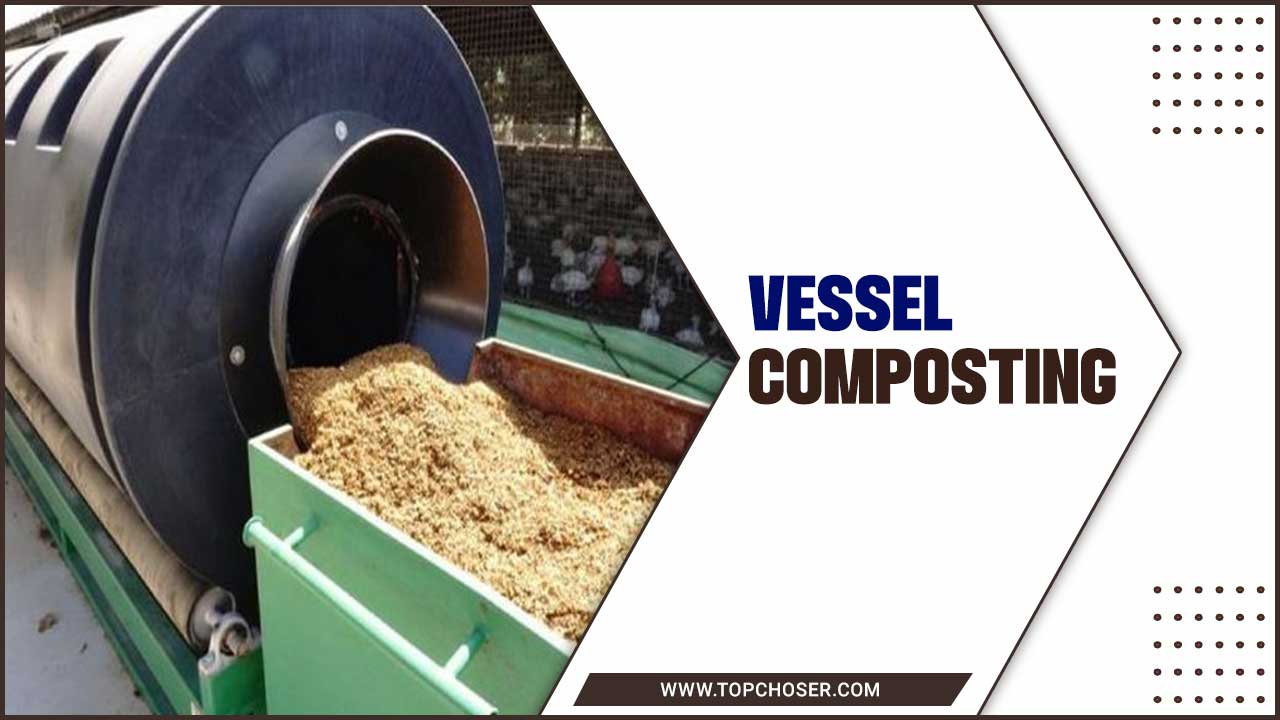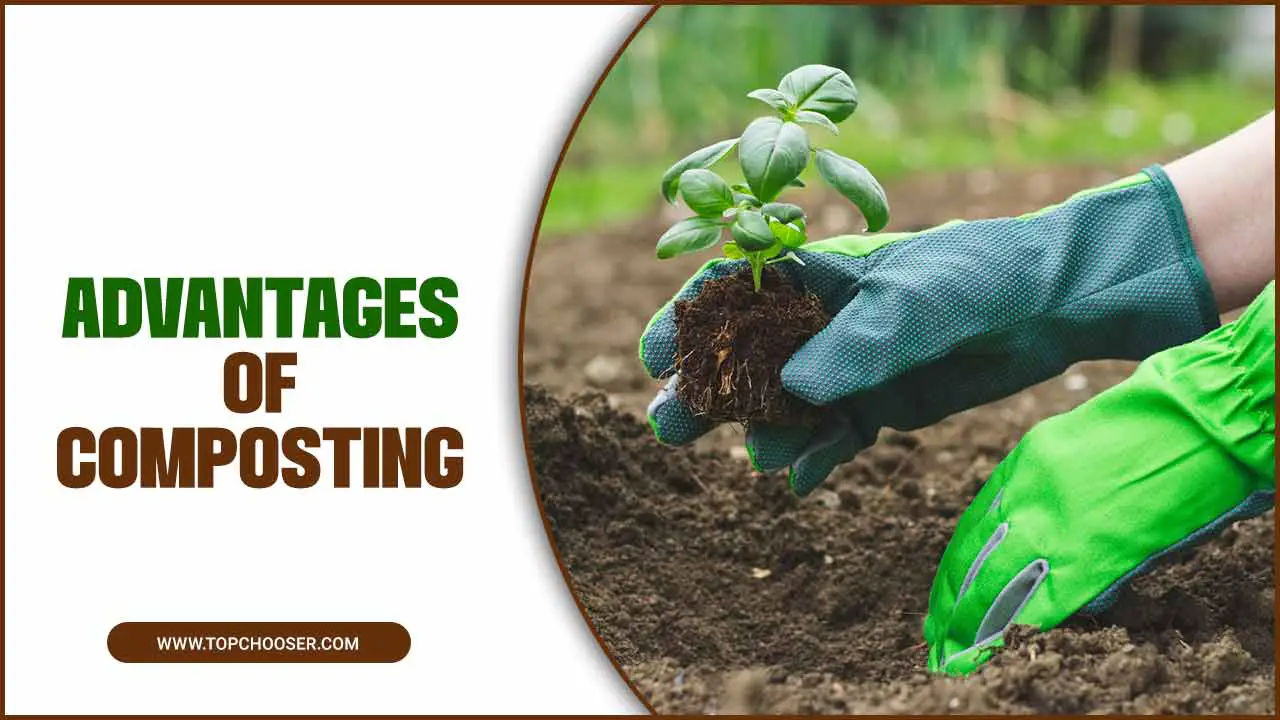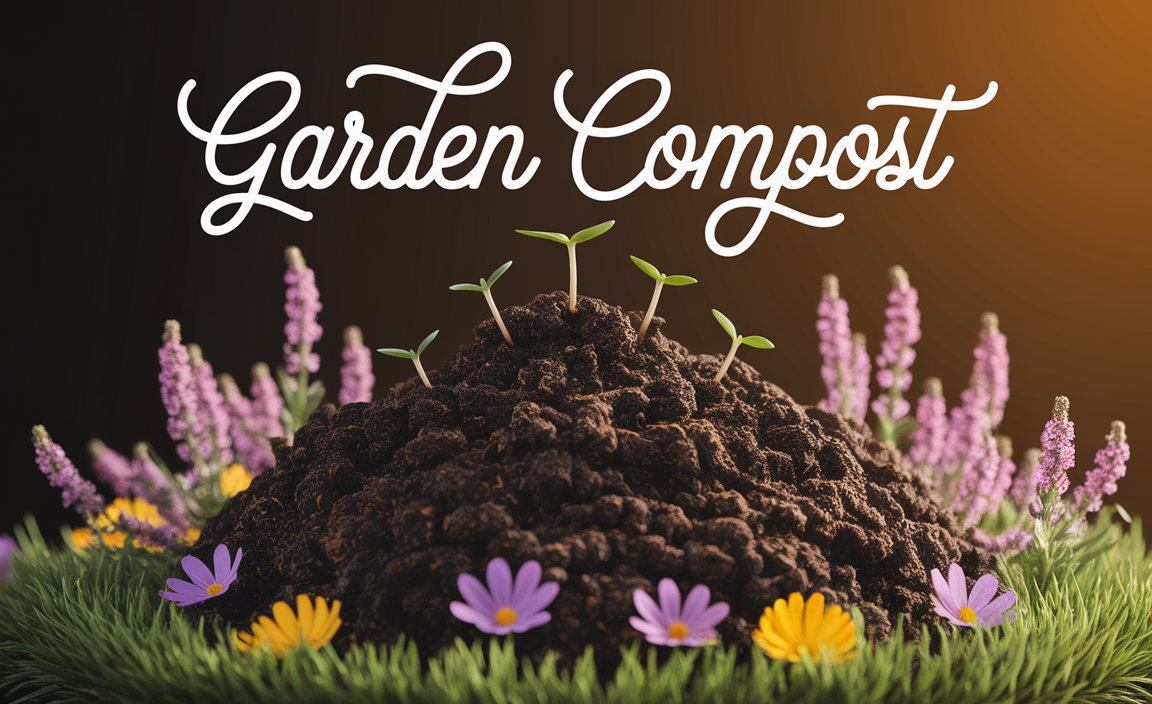Composting equipment is the tools and machinery used to turn organic waste into rich, fertile soil. We will provide an overview of all the essential composting equipment you need to ensure successful composting.
We will cover everything from compost tumblers and bins to aerators and thermometers. Discover how these tools can help you efficiently turn kitchen scraps and yard waste into nutrient-rich compost for your garden.
Whether you’re a seasoned composter or just getting started, having the right equipment can make all the difference in the quality and speed of your composting process. With these must-have composting tools, prepare to transform your organic waste into black gold.
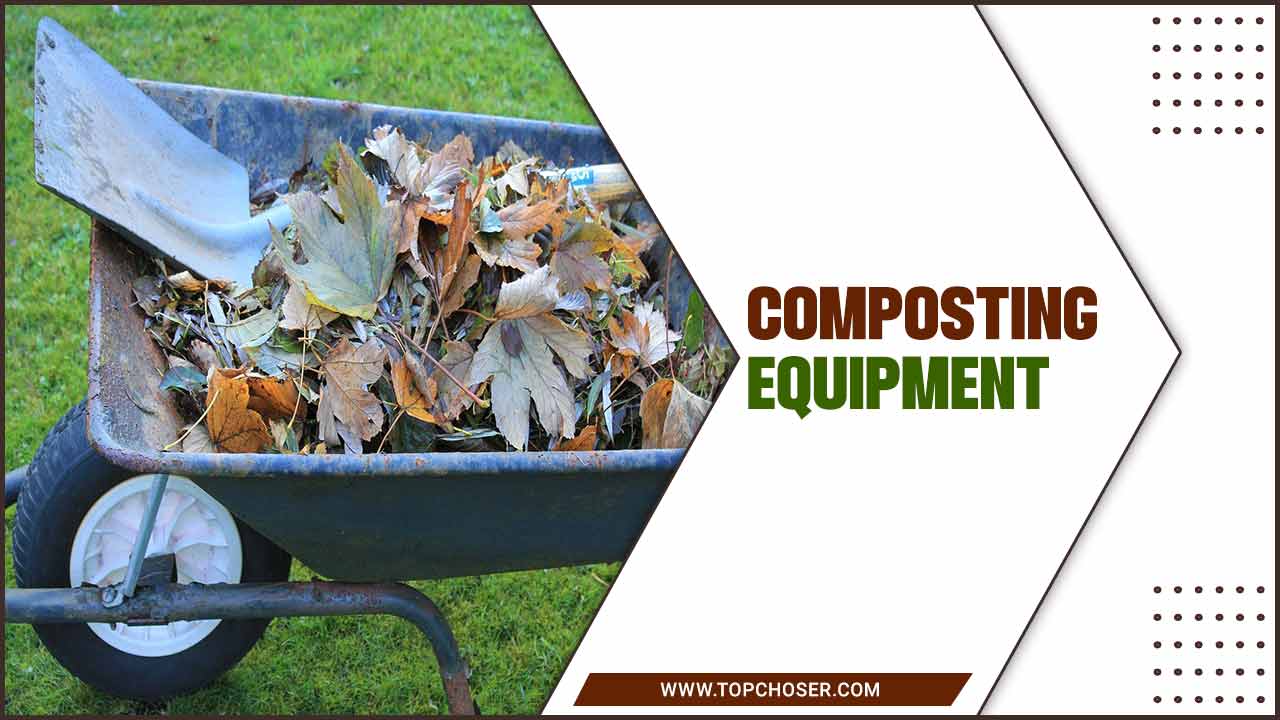
An Overview Of Essential Composting Equipment
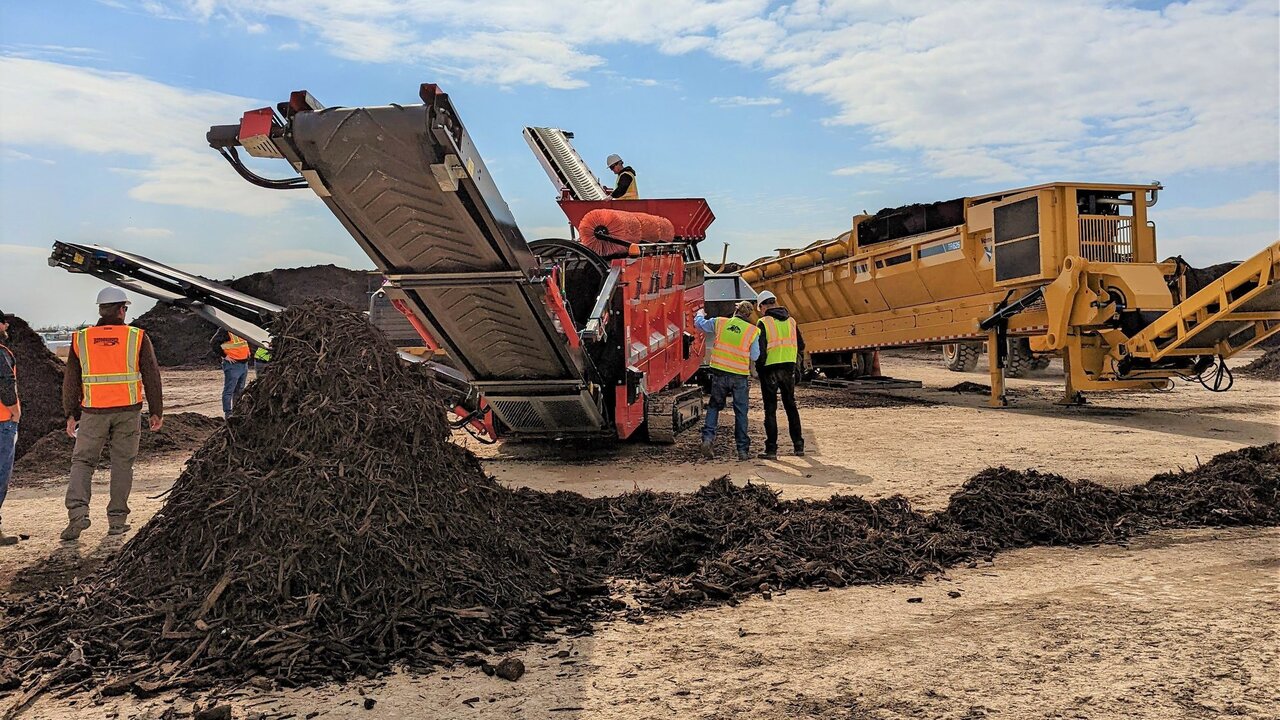
To achieve successful composting, it is crucial to have the right equipment. A compost bin or pile is a designated space for organic materials to decompose efficiently. A pitchfork or compost turner aids in aerating and mixing the compost, ensuring proper decomposition. Temperature control is important, and a thermometer helps monitor the temperature levels within the compost.
A shredder or chipper can be used to break down larger materials, while a compost sifter helps remove any debris from the finished compost. Additionally, a moisture meter allows you to maintain the ideal moisture level for optimal decomposition. These tools are essential for creating high-quality compost rich in nutrients and beneficial for gardening and landscaping. We’ll be composting equipment.
1.Compost Tumblers
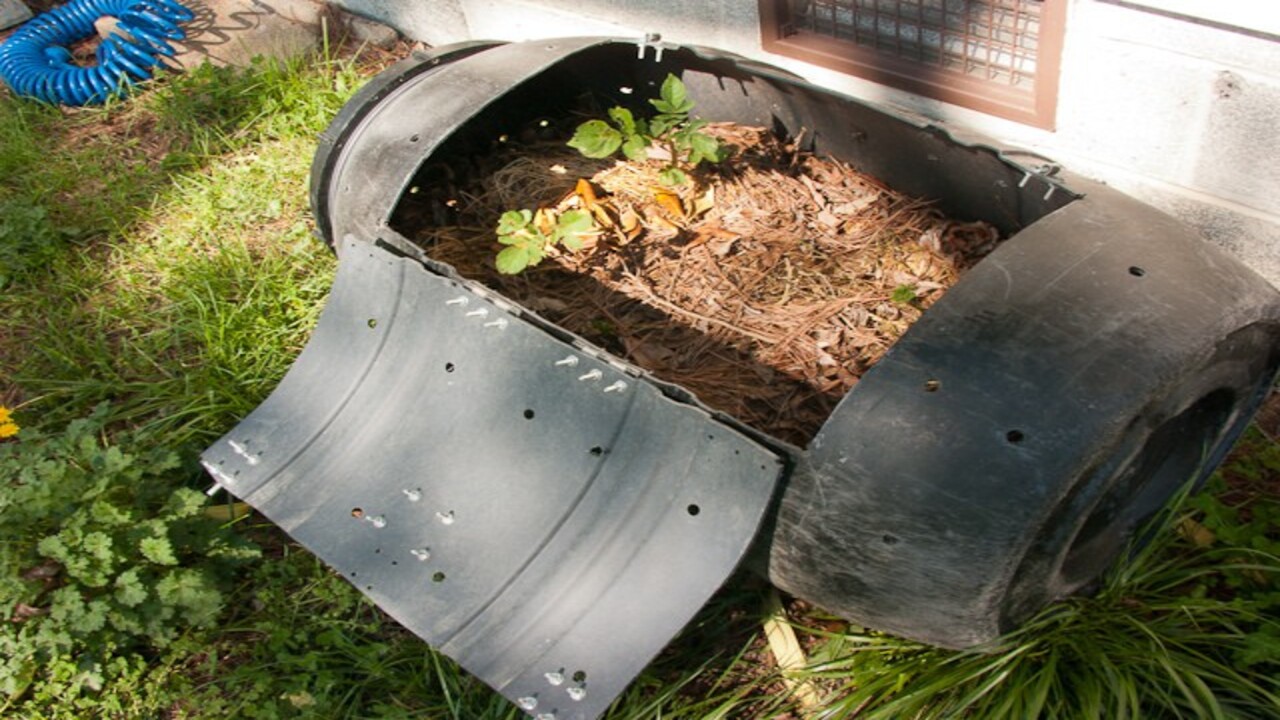
Compost tumblers are a popular choice for individuals looking for a convenient and efficient way to compost organic materials. These containers feature rotating drums that allow for easy mixing and aeration of the compost, which speeds up the decomposition process.
Additionally, compost tumblers help control odours and pests, making them particularly suitable for small spaces or urban environments where these issues can be a concern. When selecting a compost tumbler, it is important to consider factors such as capacity, durability, and ease of use to ensure that you find one that meets your specific needs.
2.Compost Bins
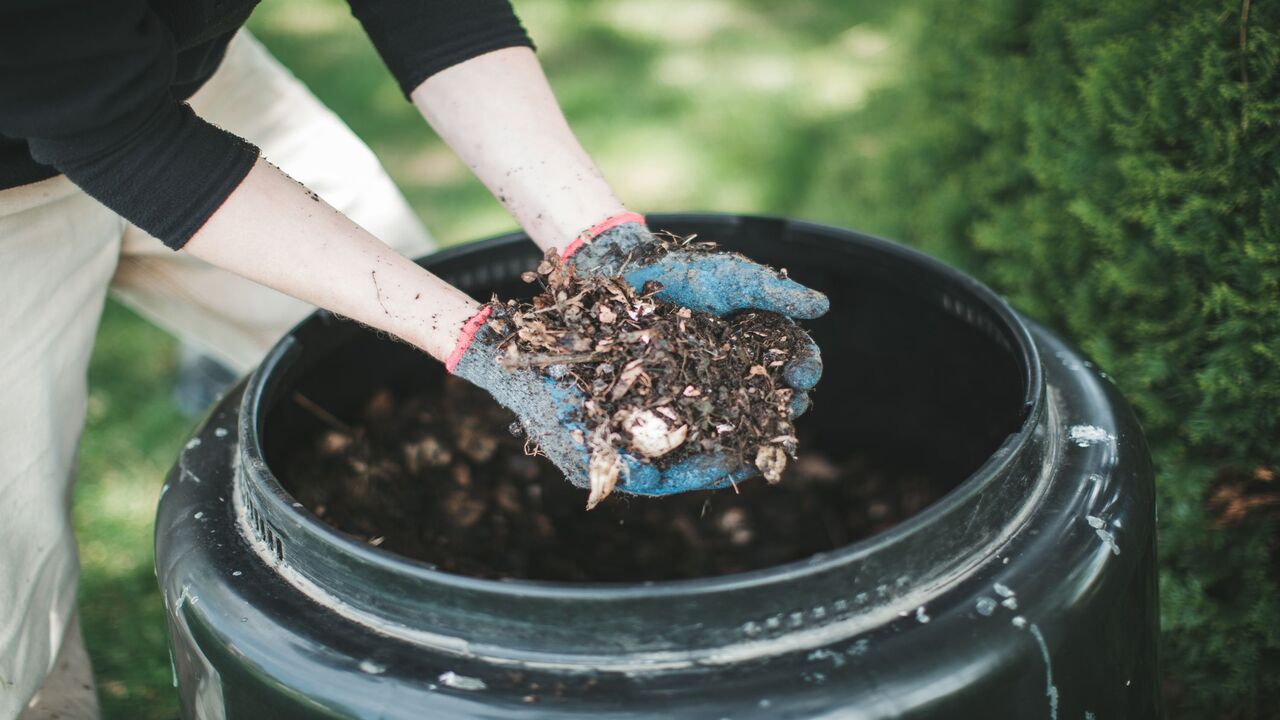
Compost bins are indispensable for managing and arranging your composting materials effectively. There are several compost bins to choose from, each serving a specific purpose. Stationary bins, constructed from wood, plastic, or metal, are the most widely used type of compost bin. Tumblers are rotating bins that facilitate easy mixing and aeration of the compost. Worm or vermicomposting bins utilize worms to accelerate the decomposition process.
When selecting a compost bin, it is important to consider factors such as size, durability, ease of use, and ventilation. The bin size should suit your composting needs and the space available in your garden or backyard. Durability is crucial to ensure that the bin can withstand outdoor conditions and last for an extended period of time. Ease of use is essential for convenient access to add new materials and remove finished compost. Proper ventilation is necessary to maintain airflow and prevent unpleasant odours from accumulating in the bin.
By choosing the right compost bin based on these considerations, you can efficiently manage your organic waste and produce nutrient-rich compost for your plants and gardens.
3.Compost Aerators
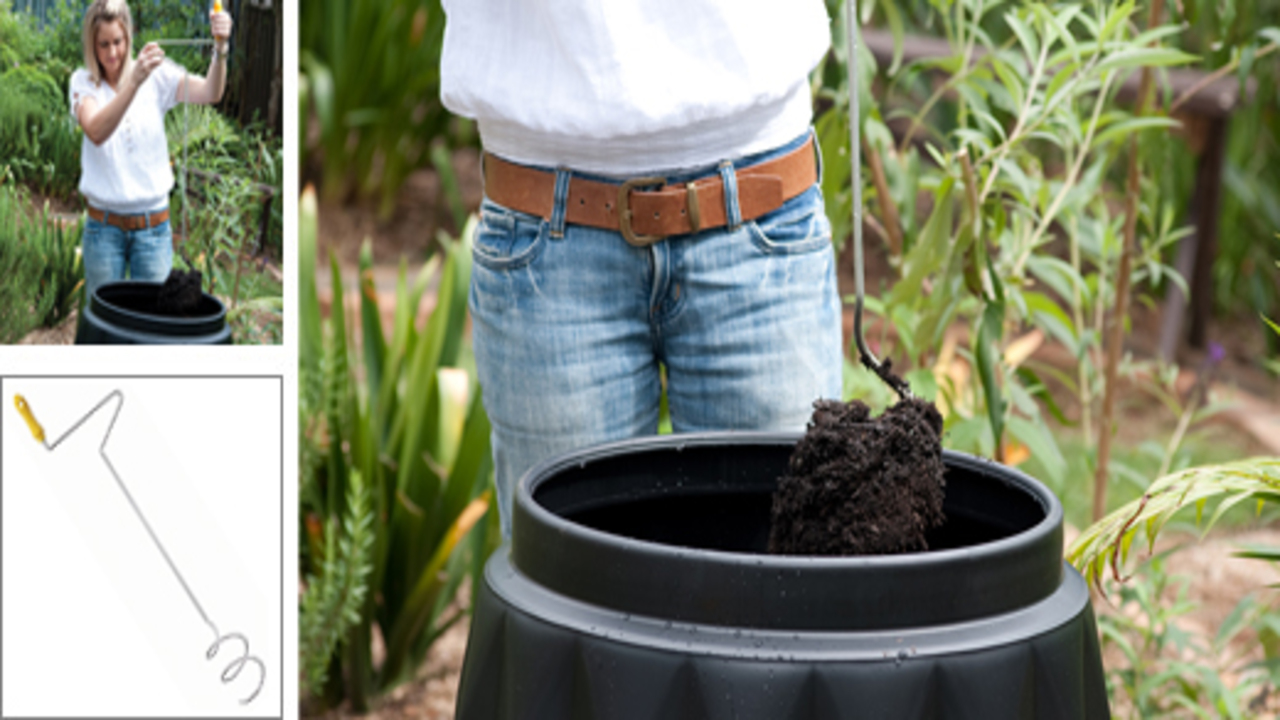
Compost aerators play a crucial role in composting by turning and aerating compost piles. Introducing oxygen into the pile promotes decomposition and prevents unpleasant odours from developing.
Different types of compost aerators are available, ranging from manual hand tools like compost forks, which are suitable for small-scale projects, to motorized machines designed for larger piles. These motorized aerators make turning faster and more efficient, saving time and effort for those managing larger composting operations.
4.Compost Thermometers
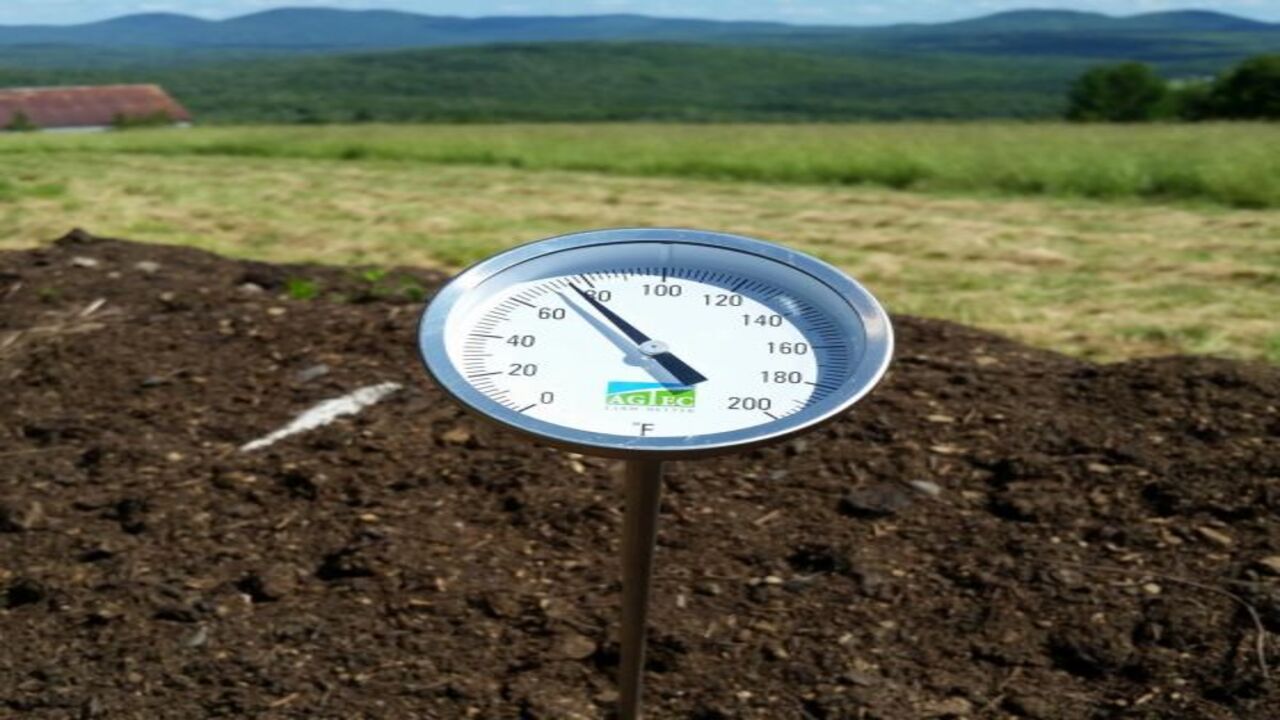
Compost thermometers play a crucial role in monitoring the temperature of your compost pile. They are designed to help determine whether your compost decomposes within the optimal temperature range of 110-160°F (43-71°C). They can accurately measure the temperature by inserting deep into the compost pile with their long probe.
Some thermometers even come with colour-coded indicators, making it easier to ensure that your compost’s temperature is just right for optimal decomposition. Using a compost thermometer, you can effectively manage the heat generated during the composting process and ensure that your compost breaks down efficiently.
5.Compost Turners
Compost turners play a crucial role in aerating and mixing compost materials. They come in various designs, including manual crank models and motorized options. Manual crank compost turners are more affordable but require physical effort, while motorized options are more efficient and suitable for larger composting operations. The right compost turner choice depends on compost volume, desired automation level, and budget constraints.
6.Compost Sifters
Compost sifters separate larger materials, such as rocks and twigs, from the finished compost. They typically feature a frame with a wire mesh screen that only allows fine compost to pass through. Utilizing a compost sifter can achieve a uniform and finely-textured compost that is much easier to spread.
When selecting a compost sifter, it is important to consider factors such as the size of your compost pile and your specific sifting requirements. This will ensure that you choose the most suitable sifter for your needs.
7.Compost Activators
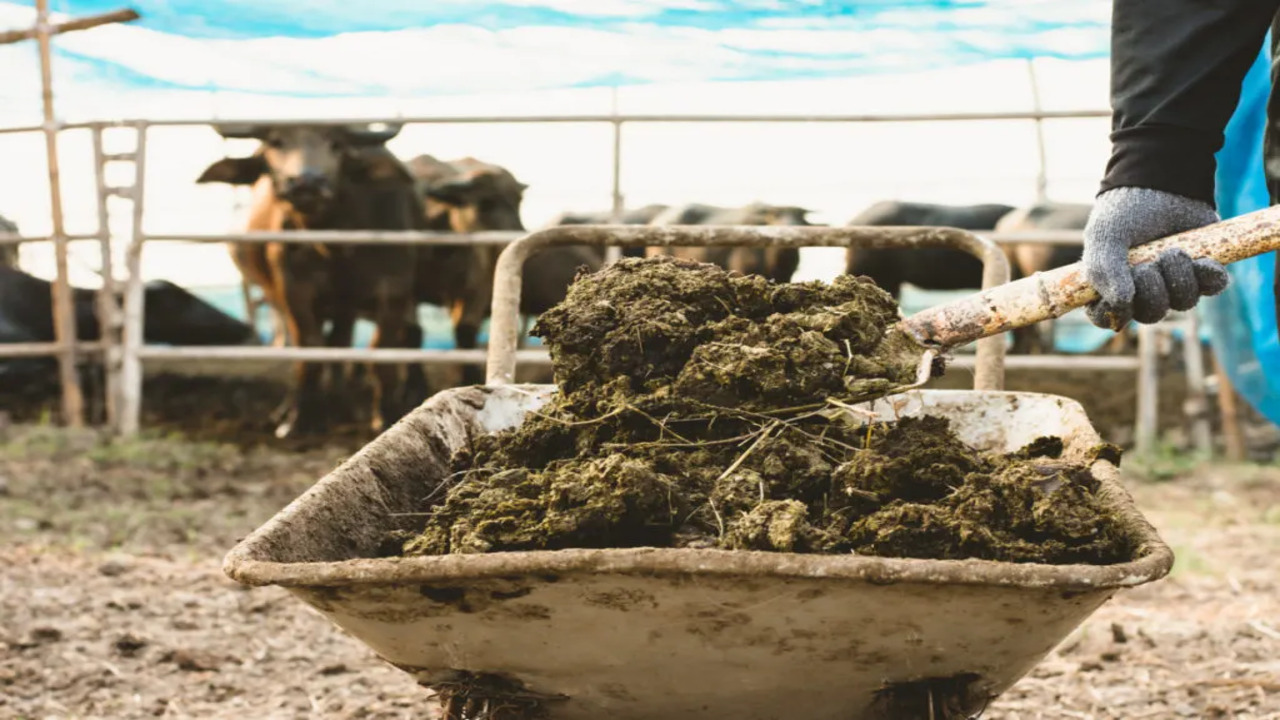
Compost activators, also called compost accelerators, enhance the decomposition process in compost bins or piles. These activators contain beneficial microorganisms such as bacteria and fungi, which aid in breaking down organic matter more efficiently. Compost activators are typically made from natural ingredients like manure or plant material, available in various forms, such as powders, liquids, or granules.
When selecting a compost activator, it is important to consider factors such as the size of your compost pile, the type of organic materials being composted, and the desired speed of decomposition. Some popular options for compost activators include worm castings, seaweed extract, and commercially available compost starter mixes.
8.Compost Windrowers
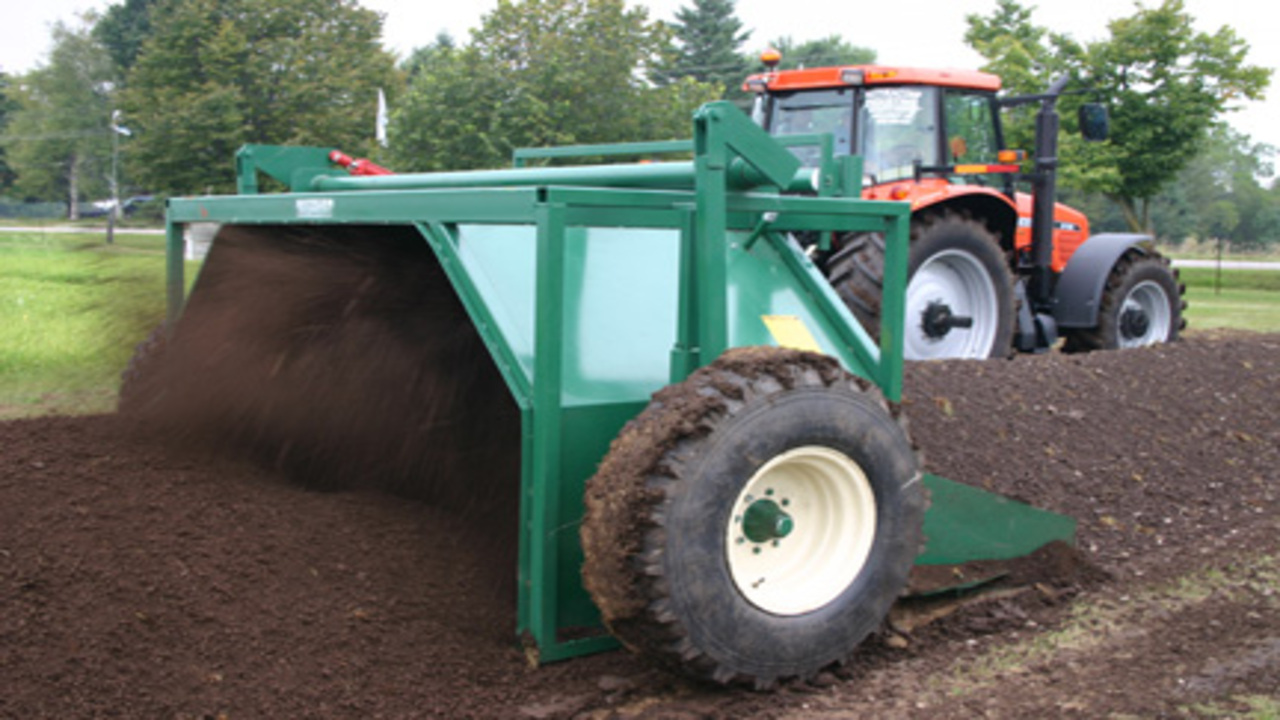
Compost windrows play a crucial role in composting operations as they are specifically designed to turn and aerate compost piles. Their primary function is to ensure the proper distribution of air and moisture throughout the pile, which helps accelerate the decomposition process. These machines come in various sizes and designs, ranging from small units that can be mounted on tractors to larger self-propelled models.
Some windrows even feature adjustable blades or paddles, allowing for more efficient mixing of the compost materials. Using a compost windrower, operators can save time and labour compared to manually turning compost piles with a pitchfork or shovel. This makes them an essential tool for commercial composting facilities and large-scale gardening operations.
9.Compost Shredders
Compost shredders break down organic materials into smaller pieces for faster decomposition. They can be electric or manual, with electric shredders being more powerful. Shredding increases surface area, allowing better airflow and microbial activity. Adjustable settings control the size of shredded material. Useful for larger composting operations and speeding up the process.
Conclusion
Composting equipment plays a significant role in reducing waste and producing nutrient-rich soil. The wide range of composting available in the market offers various options, depending on the scale of operation and specific requirements. By investing in composting-equipment, individuals and organizations can contribute to environmental sustainability by minimizing waste generation and reducing greenhouse gas emissions. With advancements in technology and increased awareness about sustainable practices, it is safe to say that the use of composting-equipment will continue to grow in the years to come.
Frequently Asked Questions
[rank_math_rich_snippet id=”s-65166573-c6dc-4c33-8dff-6a1bab508506″]

I am passionate about home engineering. I specialize in designing, installing, and maintaining heating, ventilation, and air conditioning systems. My goal is to help people stay comfortable in their homes all year long.

